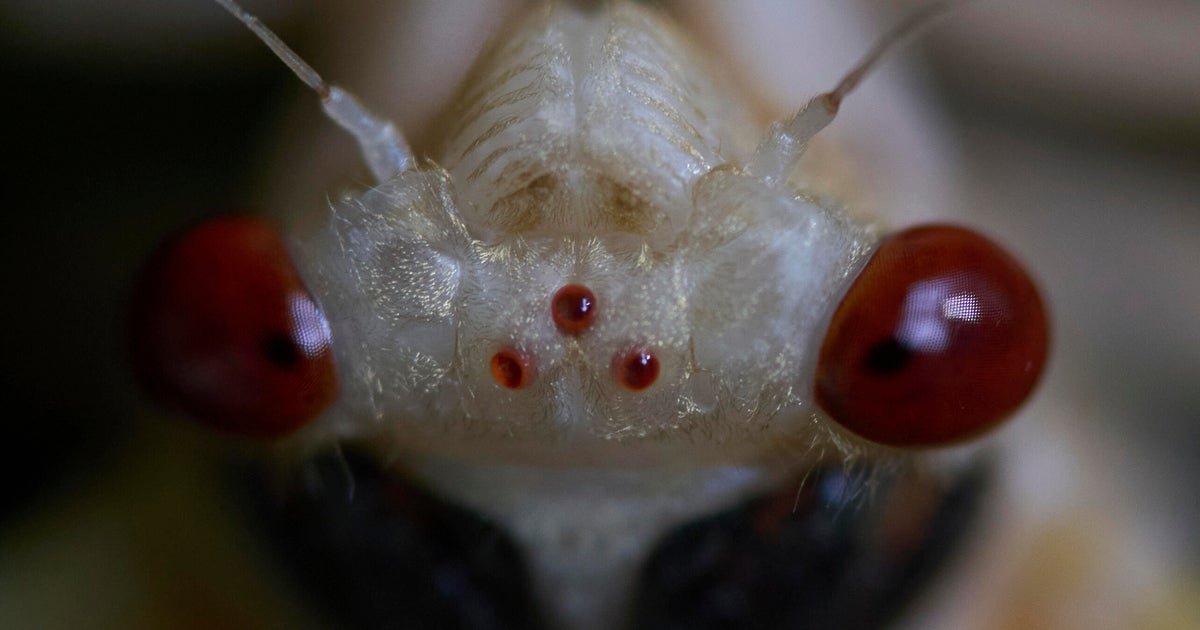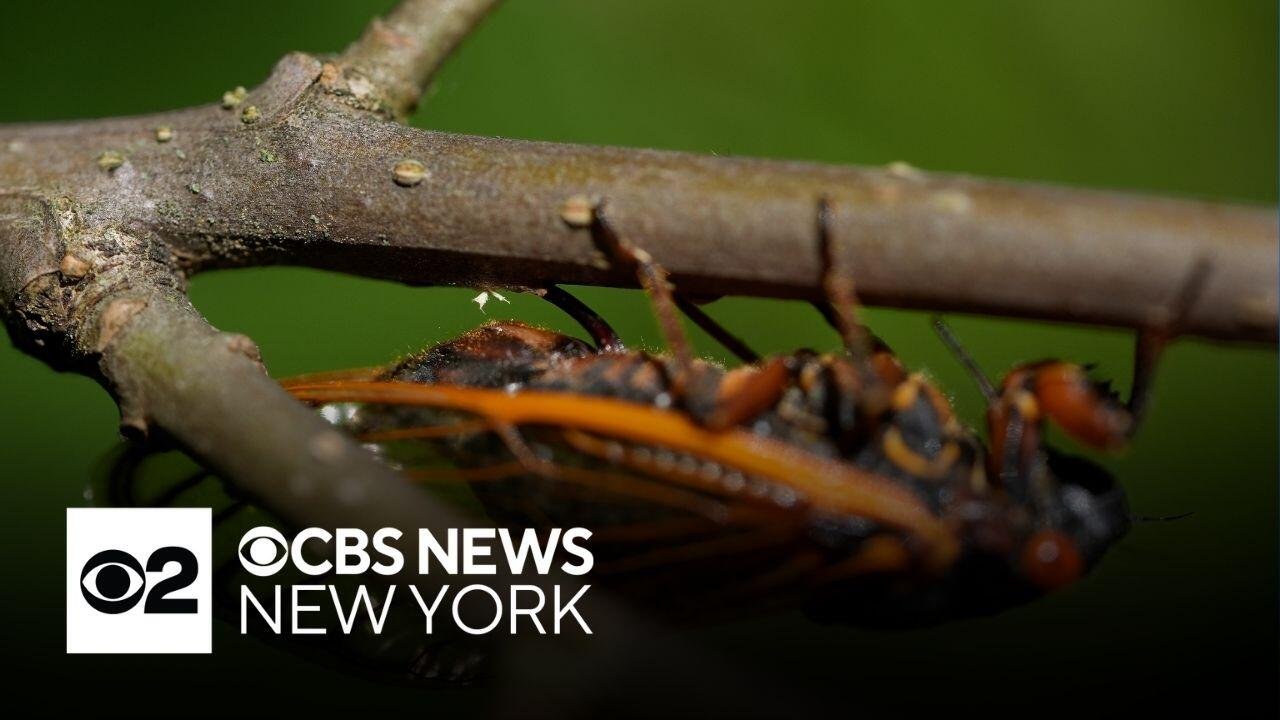
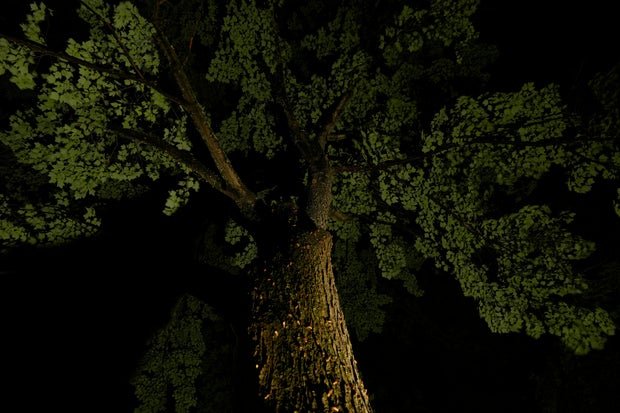
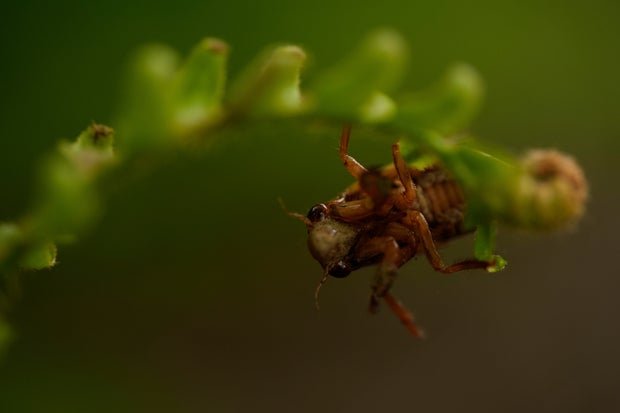
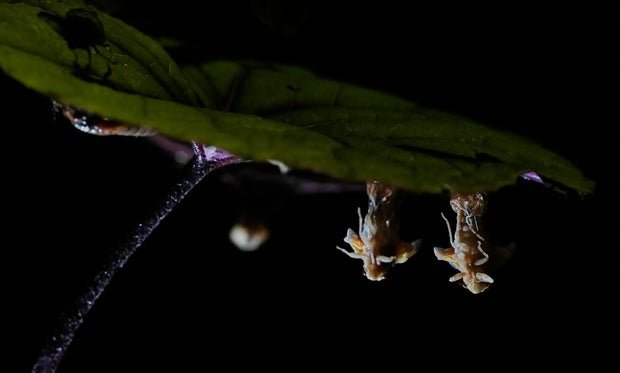

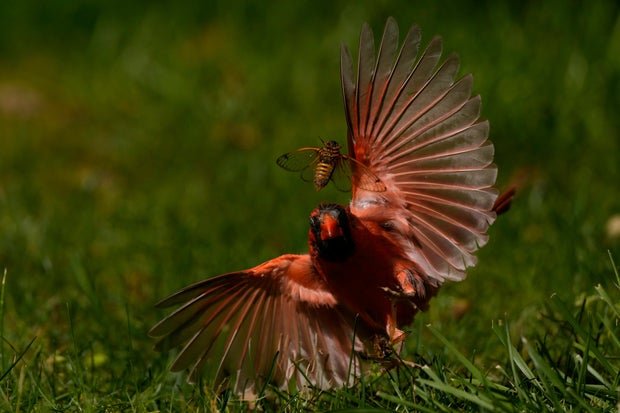

This year’s cicada invasion has started as Brood XIV emerges from underground and swarms parts of the U.S.
The insects are expected to be concentrated in Kentucky and Tennessee, and show up in parts of Georgia, Illinois, Indiana, North Carolina, Virginia, West Virginia, as well as in Cape Cod, Massachusetts, central Pennsylvania and Long Island, New York.
It is a one-in-17-year event for Brood XIV, which digs its way up from the soil as it warms and descends on neighborhoods in the billions. The brood, however, is the only group emerging this spring, meaning there likely won’t be as many cicadas as last year when multiple broods surfaced simultaneously.
Cicada nymphs develop in the soil over a long period and surface when the ground hits 64 degrees Fahrenheit. They can be heard crunching through the grass to climb up trees, plants, people or any vertical surface, with a forceful quality about it.
Experts say they’re not dangerous to pets or humans, and they don’t sting or bite — and aren’t poisonous or venomous. Instead, cicadas are also largely beneficial to the ecosystem, serving as a source of food source for birds and other predators. They can aerate soil and provide nutrients for trees when they decompose.
Photos show this year’s invasion beginning.
[ad_2]
